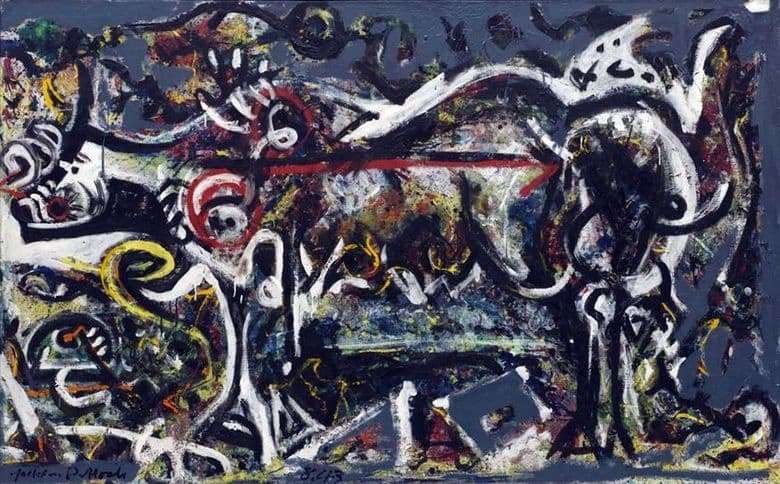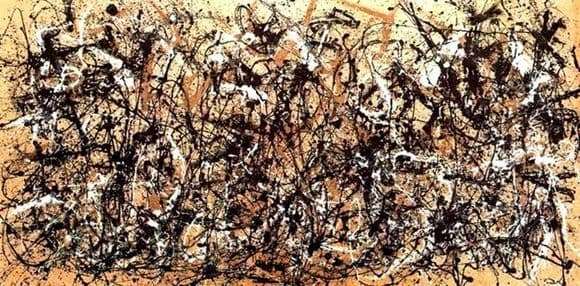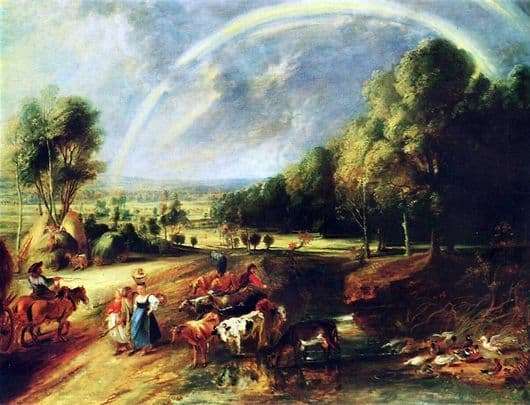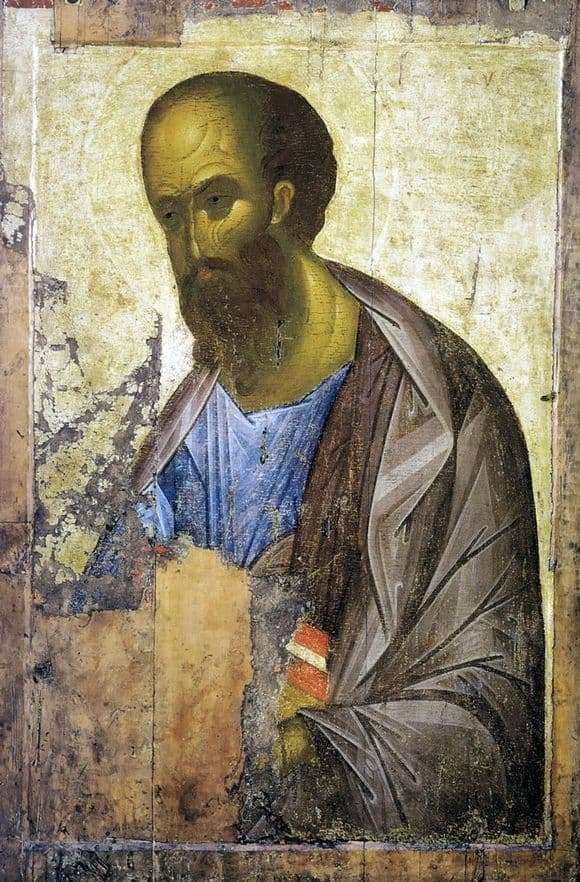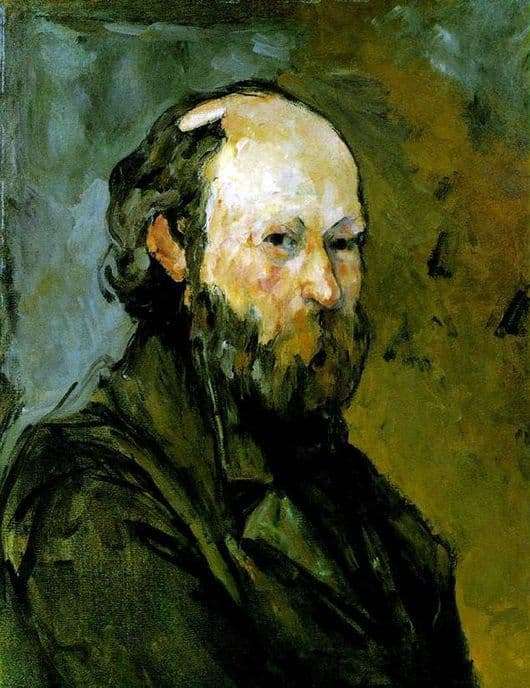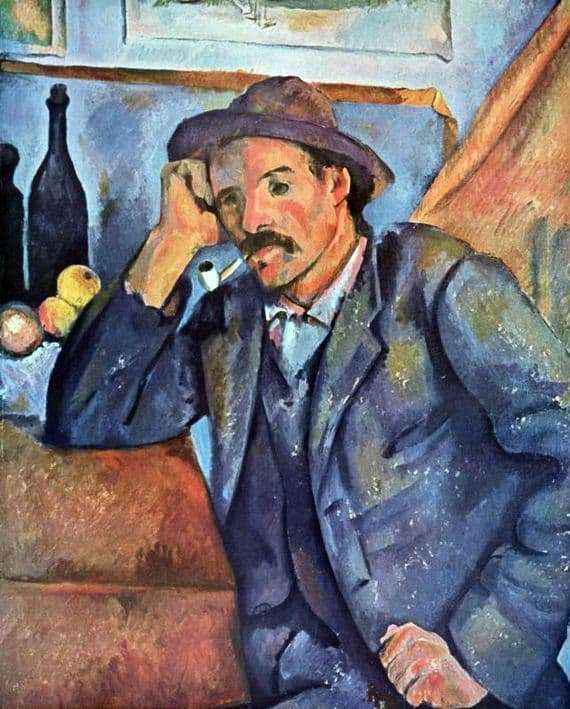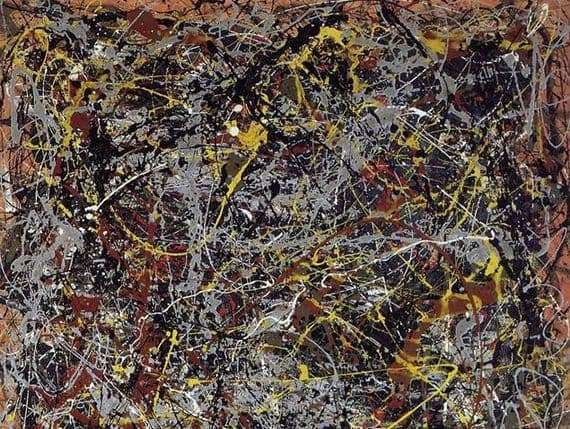
Paul Jackson Pollock (191-1956) – American artist and the real pride of America. One of the pioneers of abstract expressionism, inspired by the paintings of surrealist Pablo Picasso and Diego de la Rivera. He created a new word in painting, his own personal trend “pouring painting” or painting action.
The painting “No. 5” was created by Pollock in 1948 on a fibrolite sheet 1.5×2.5 meters (which would have been impossible when using dimensional easels). No brushes, standard sizes of paintings and easels – this is the main concept of Jackson Pollock. The artist did not paint, but poured, sprayed or scattered paint on paper, thereby entering into direct contact with his work and penetrating it. The painting “№5” – on a brown background of fibrolite there are countless many-colored dots, drops, spirals and lines. It seems that the picture is meaningless and someone accidentally knocked over the paint. But Pollock always denied randomness in painting.
Without touching the canvas with a brush, using knives, sticks and even broken glass, the artist, splashing paint and taking into account the speed of its absorption or gravity, always sought a conceived image that had long been formed in his head. Unbridled, unpredictable energy comes from this combination of geometric planes and shapes. If you look at the creation of the Shelf with different lighting, then the images on the canvas will change. The painting “№5” exists in its own surreal reality. The work is unique in that in 2006 at Sotheby’s auction it was sold for $ 140 million to a Mexican collector, thereby going down in history as the most expensive painting in the world,
Description of the painting by Paul Jackson Pollock “Number 5, 1948”
